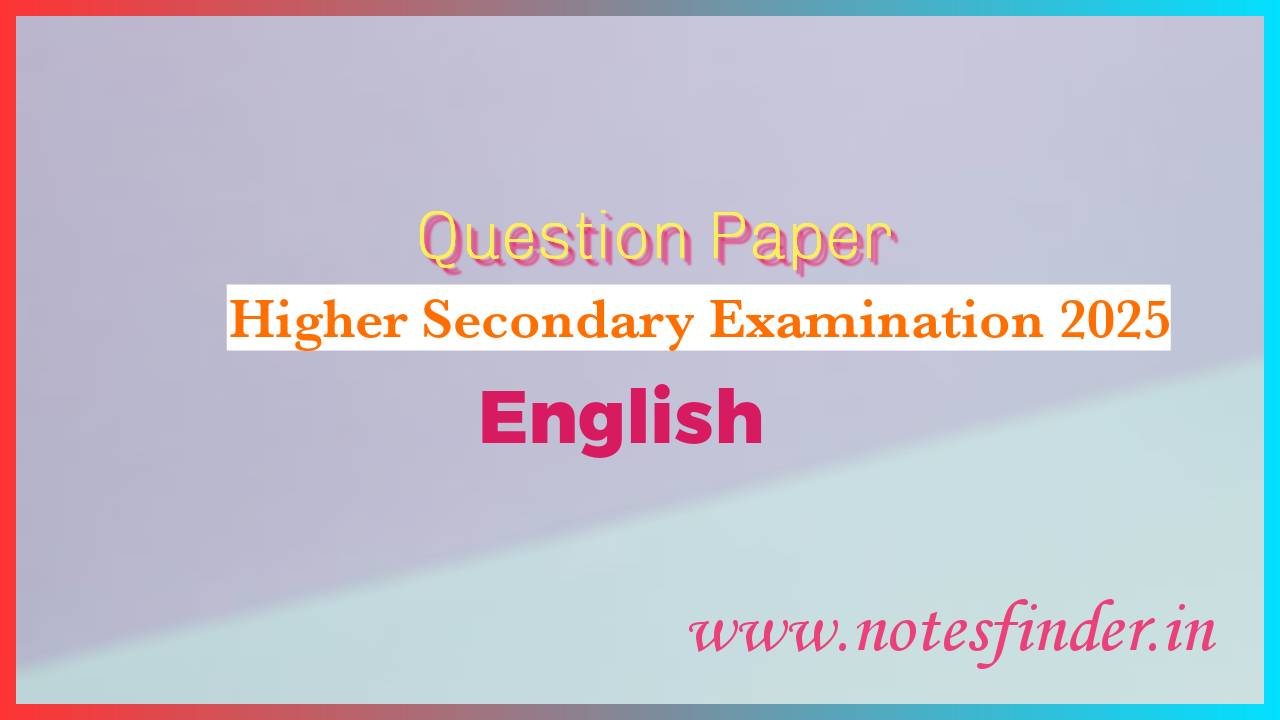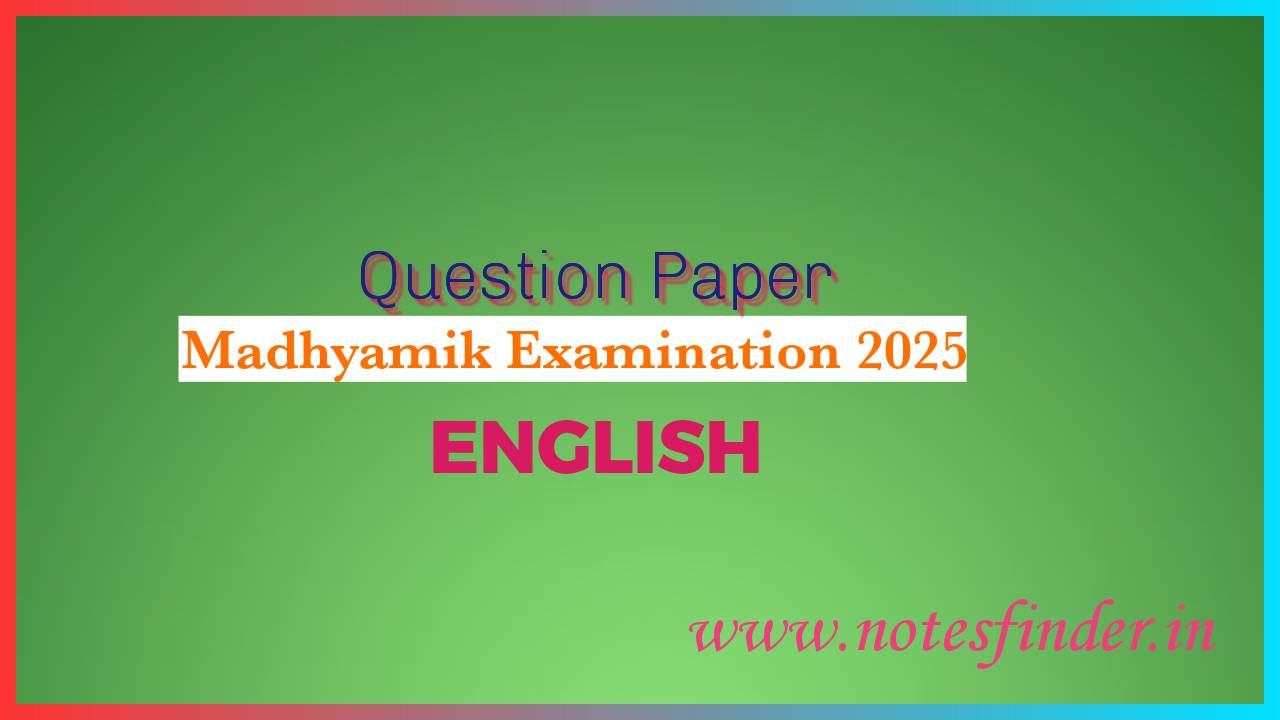The words “lay” and “lie” are often confused because they have similar meanings, but they are used in different ways.
“Lay” is a transitive verb, which means that it requires an object. It means to put or place something down. Examples of using “lay” in sentences are:
- “I am going to lay the book on the table.”
- “Please lay the keys in the tray.”
- “He laid the baby down for a nap.”
- He laid the book on the table.
- The hens laid eggs in the nest.
- Please lay out the napkins for dinner.
On the other hand, “lie” is an intransitive verb that doesn’t require an object. It means to recline or be in a horizontal position. Examples of using “lie” in sentences are:
- “I am going to lie down for a while.”
- “The cat likes to lie on the windowsill.”
- “He lies in bed all day when he’s sick.”
- I’m going to lie down for a nap.
- The baby likes to lie on her back.
- The logs were lying in the yard.
It’s important to note that the past tense of “lay” is “laid,” while the past tense of “lie” is “lay.” This can be confusing, but remembering that “lay” requires an object can help distinguish between the two.
Read More👇
- Use of there, their and they’re
- Use of Since vs Because
- Use of That and Which
- Use of Must and Have to
- Use of Lie and Lay
- Use of fewer vs Less
- Possessive pronoun vs Possessive adjective
- Use of Who and Whom
- Use of affect vs effect
- Difference between must and should
- Difference between Shall and Should
- Difference between Since vs Because



